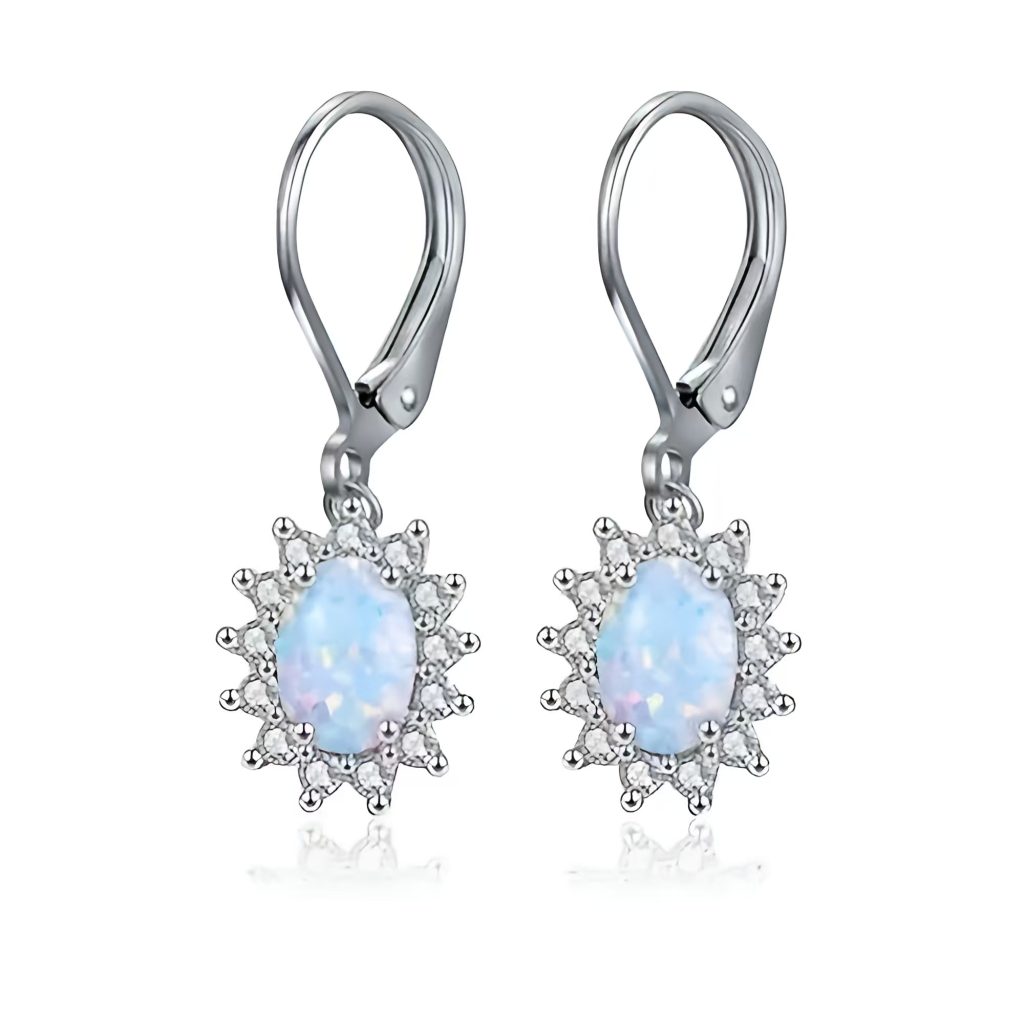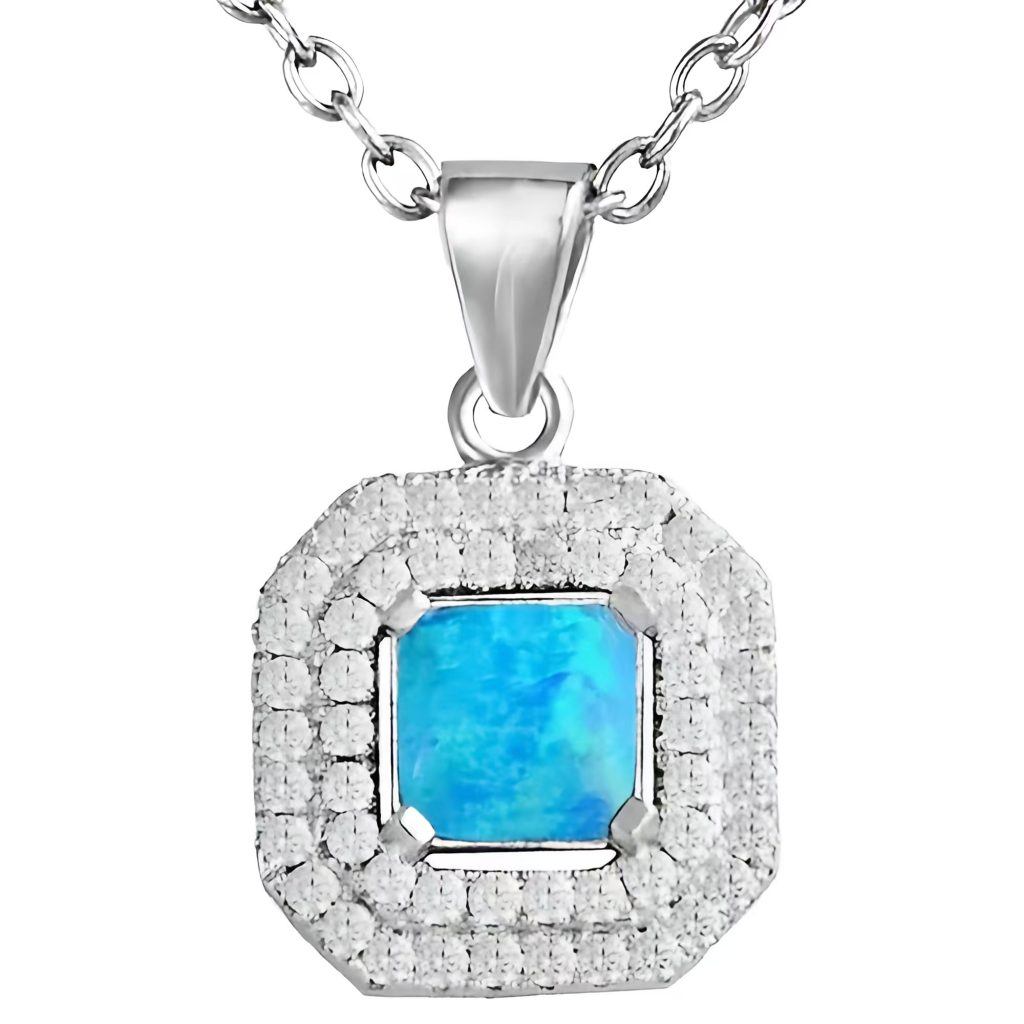Opal Jewelry Through The Ages

Opal jewelry has enchanted people around the world for centuries. Regarded highly among a lot of cultures for its strange form. Opal is an alluring gemstone with a rich history. The cultural significance it has held led to many myths and legends being woven around the subject. Since ancient Egypt, opal has represented wealth, protection, and divine power. Delve into the history of opal as a favorite gem of ancient civilizations and what these cultures had to say about it.
Opal Gemstones in Ancient Jewelry
That opal symbolized wealth and fortune in old Egypt. Opal was used by pharaohs and royals to shield against evil. Opal literally means “opalus” meaning precious gems and is especially loved by Egyptians because of its thousands of colors, which they used to represent Royalty and Sorcery. Egyptians in the know regarded opaque opal jewelry as a prized possession and safety stone.
More valueable Jewel, that Romans love this opal. They prized opal for its color change phenomenon, known as the “play-of-color.” The Romans called it Cupid Paederos, meaning however ‘Cupids Gem’, as they believed that it possessed the qualities of other gems. Opals have been worn by emperors, senators and nobility as status symbols, talismans of purity, hope and power.
Opal and Myth: Symbolism and Mystique
For centuries, opal jewelry has mystified and symbolized around the world. According to the Greeks, zeus tears of joy watching the greeks defat titans formed opals. Opal was thought by them to bring hope and prophecy. Opal jewelry was worn by the Greeks for wisdom and foreseight.

Opals were a gift from heaven to the Romans. They thought opals were gods that had fallen from heaven. Opal was viewed as the Roman Warriors secret weapon. The warriors became invisible, the colors of the stone swirling around them like a chameleon against its backdrop burglar-proof. This belief gave rise to the notion that opal jewelry had magical properties, giving blessings and divine protection in return.
Opals — Their Meaning in Different Cultures
Throughout the ages, opal has had immensely varied symbolism depending on the culture. Medieval Europeans enchanted blond heads of hair into opals for the purpose of holding onto the colour, but also increasing their lordly gayity. In fact, opal jewelry became a talisman of beauty, luck and prosperity for the European nobility. Strength in black opals or protection from harm.
Renaissance was a period in which opals took on the meaning of inspiration and creation. Opals were carried by artists and poets, who believed that the stones ignited passion and vision. We noticed how its changing colors represented fresh ideas that breathed life into self-expression. Opal turned into a talisman for both emotional well being and creativity.
Modern Appeal of Opal Jewelry
Opal jewelry holds a unique place in both fashion and symbolism. Its visual beauty and deeper meaning attract modern wearers who love symbolism and magic. Opal jewelry has become a powerful symbol of individuality, creativity, and emotion.

The gem’s multicolored and layered look captivates people, reflecting opal’s rich history. As a highly prized gem, opal jewelry is cherished worldwide for its beauty and mystique. Whether worn as a statement piece or a talisman, opal remains beautiful and mysterious — qualities it has embodied for centuries.
Conclusion
Opal jewelry has traveled through time from the use of this beautiful gemstone in ancient Egypt to its significance in mythology and culture, each piece embodying wealth, power and inspiration. This unique, special gemstone continues to intrigue and inspire because of its timeless beauty and cultural significance. Whether for historical value, or as a true-to-personal expression treasure, opal jewelry will always be an appropriate redeemable keepsake — one which reminds us of our history and lifts up who we are.